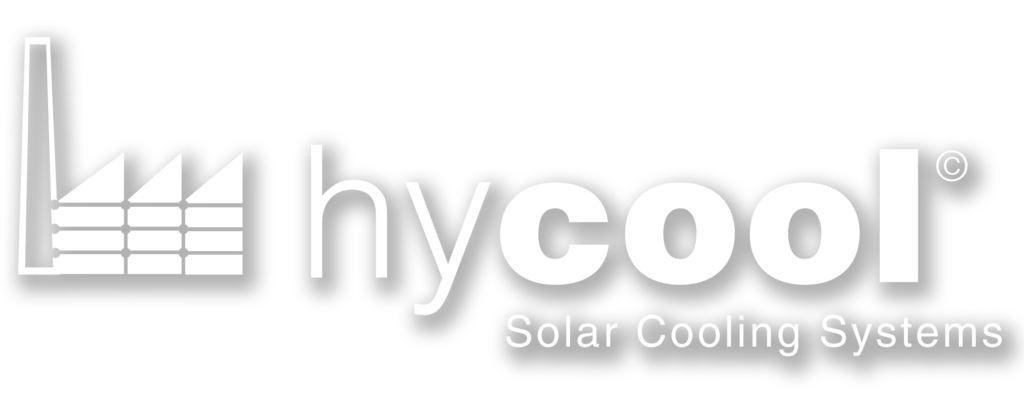Executive Summary
The present deliverable D1.1 Interim first-year report on project management, hereafter named interim report (IR), contains the necessary information for the Hycool to evaluate the state of implementation of the project, mainly the work plan, the timely review of the scheduled milestones and deliverables will allow an efficient project implementation as well as concrete options for adjustments of management procedures, compliance with the provisions of the EC, finances, and monitors each partner’s costs, the financial situation of the project and all administrative matters. The technical part contains a concise statement of the tasks undertaken and a forecast for the next reporting period. Any problems encountered during the period and possible deviations from project plans. This deliverable set by the Consortium, is the first IR planed in the WP1 at M12, jointly with the other two IR planned at M18 and M36, at the end of the project. These deliverables are differentiated from the periodic reporting (PR) set by INEA and planned at M18 and M36. Basically, the PR includes the detailed description of the technical work carried out by beneficiaries, the work performed by the work package, the impact, and finally the deviations and the full financial information. This report covers the first period from M1 (May 2018) to M12 (April 2019).

